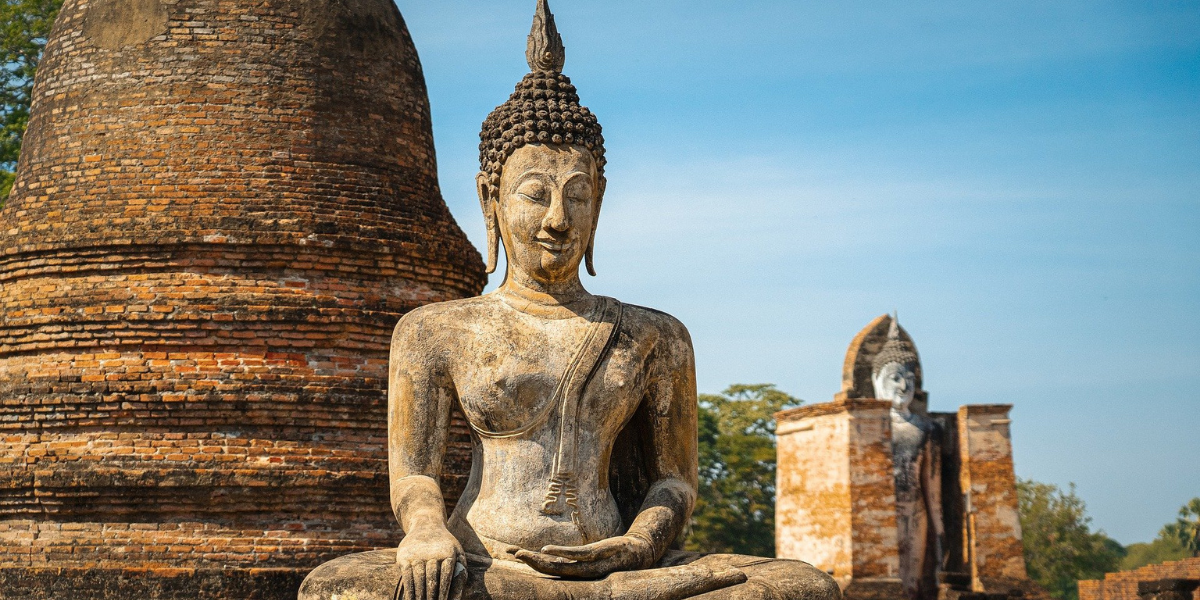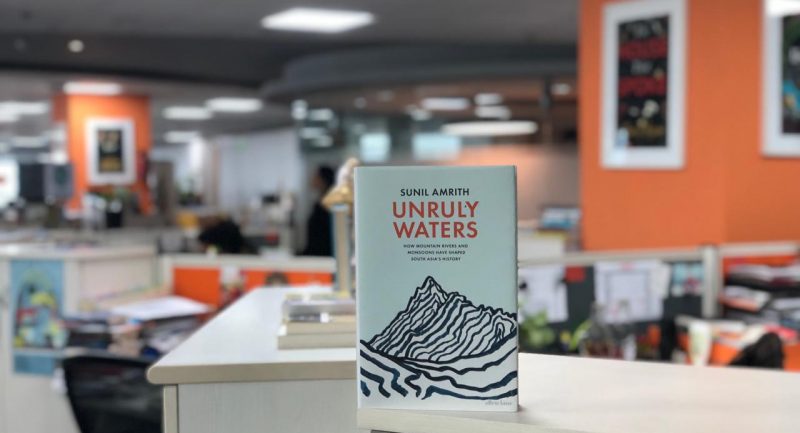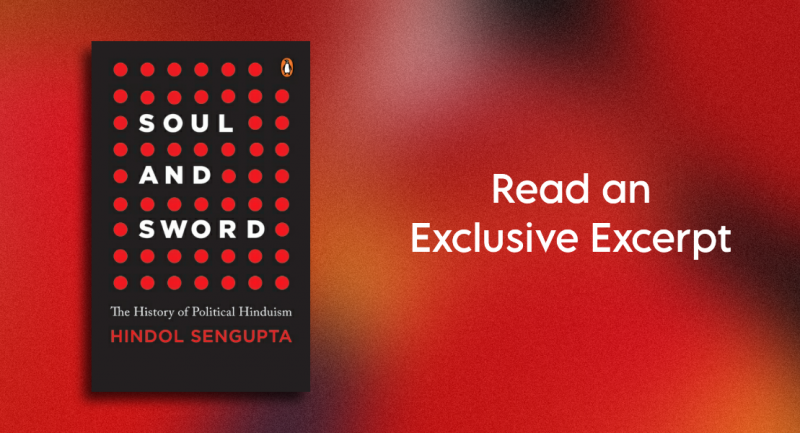
A book on an epic poem on the life of The Buddha and his teachings, by Sir Edwin Arnold that was first published in 1879 and has since captivated many iconic personalities like Swami Vivekananda, Rabindranath Tagore, Mahatma Gandhi, Jawaharlal Nehru and Dr B.R. Ambedkar.
*
The Light of Asia was in ‘eight books of blank verse, with some five or six hundred lines in each’. Arnold did not give any descriptive title to each of the books and refers to them simply in chronological order.
Book the First deals with the birth, boyhood and childhood of Siddartha and contains 436 lines.
Book the Second concerns his teenage years leading up to his marriage to Yasodhara and has 515 lines.
Book the Third is about the luxurious life he leads as a husband and father but also with his growing doubts after seeing an old man, a sick man, a corpse and a wandering ascetic. It has 601 lines.
Book the Fourth deals with his Great Renunciation and the beginning of his search for the cure to the ills of human existence. This is covered in 568 lines.
Book the Fifth elaborates on his self-mortification in the company of wandering ascetics and has 560 lines.
Book the Sixth explains his disenchantment with self mortification as a solution, his partaking of Sujata’s gift of milk to end his starvation and his attainment of Buddhahood under the Bodhi tree. Not surprisingly, it is the longest and has 780 lines.
Book the Seventh deals with his father’s grief, his wife’s anguish and his son’s bewilderment at his absence, his homecoming and their recognition of what he had accomplished. It has 520 lines.

The Light of Asia
Jairam Ramesh
Book the Eighth is the easiest to read, with 611 lines, and goes over the establishment of the order of the monks and expositions of the Buddha’s teachings and doctrines. It is probably the most powerful section of the entire poem.
In all, there are 5300 lines and 41,000 words in The Light of Asia.The poem starts off thus:
The Scripture of the Saviour of the World,
Lord Buddha—Prince Siddhartha styled on earth—
In Earth and Heavens and Hells Incomparable,
All-honoured, Wisest, Best, most Pitiful;
The Teacher of Nirvana and the Law.
Thus came he to be born again for men.
Book the Eighth is clearly the crux of The Light of Asia. It contains stirring descriptions of the Buddha’s philosophy and his teachings, his exposition of the Four Noble Truths and the Eightfold Path, his Five Rules for good behaviour and explanation of the doctrines of Karma and Nirvana. More than anything else in the poem, the closing of Book the Eighth perhaps caught the public imagination the most:
Here endeth what I write
Who love the Master for his love of us.
A little knowing, little have I told
Touching the Teacher and the Ways of Peace.
Forty-five rains thereafter showed he those
In many lands and many tongues, and gave
Our Asia light, that still is beautiful,
Conquering the word with spirit of strong grace;
All of which is written in the holy Books,
And where he passed and what proud Emperors
Carved his sweet words upon the rocks and caves:
The Buddha died, the great Tathagato,
Even as a man ‘mongst men, fulfilling all:
And how a thousand crores since then
Have tred the Path which leads where he went
Unto NIRVANA where the Silence lives
*
Indian Parliamentarian, economist and author Jairam Ramesh, narrates a fascinating story of this deeply consequential and compelling poem that has shaped our thinking of an ancient sage and his teachings.









